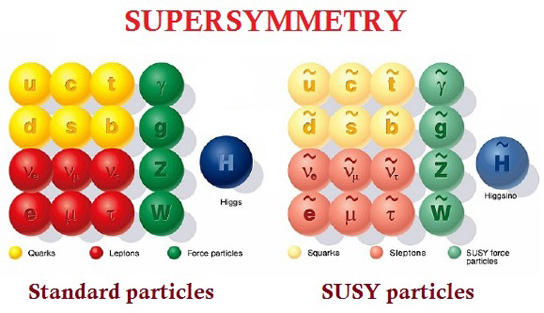The Technomancer
card-carrying scientician
Okay this seems pretty damn cool.
Short version: intense and incredibly short bursts of energy that have been confusing for a while might be the collision of neutron stars very far away, and in the process of travelling half the universe to reach Earth they provide further evidence that much of the "missing mass" exists as gas between galaxies.
http://www.slate.com/blogs/bad_astr...inally_identified_as_being_very_far_away.html
Full paper: http://www.nature.com/nature/journal/v530/n7591/full/nature17140.html
Abstract:

Short version: intense and incredibly short bursts of energy that have been confusing for a while might be the collision of neutron stars very far away, and in the process of travelling half the universe to reach Earth they provide further evidence that much of the "missing mass" exists as gas between galaxies.
http://www.slate.com/blogs/bad_astr...inally_identified_as_being_very_far_away.html
Full paper: http://www.nature.com/nature/journal/v530/n7591/full/nature17140.html
For the past 15 years or so, astronomers have been collectively scratching their heads over Fast Radio Bursts, or FRBs: incredibly intense but also incredibly brief flashes of radio energy coming from seemingly random spots in the sky. Theyre so fastjust milliseconds longthat its been very difficult to find out anything about them. Poof: Theyre there, like a flashbulb going off, then theyre gone.
A more likely explanation is even more exotic: A coalescing pair of neutron stars. A neutron star is left over after a massive star explodes. The outer layers of the exploding star scream away, but the core collapses into a ultra-dense ball of quantum weirdness just a few kilometers across. If two such massive stars are a binary pair, orbiting each other, they eventually become a neutron star binary. Over billions of years, they spiral in to each other, merge, and form a black hole. The merger is incredibly violent and energetic, flinging out tremendous amounts of energy in a very short burst that may last only milliseconds.
But theres more, and this part is really cool. As radio waves travel through the Universe, the ethereally thin amount of gas distributed through space changes them. The radio waves get dispersed, with higher energy (higher frequency) waves arriving a bit earlier than lower energy ones. Its a bit like visible light passing through a prism and dispersing, creating the color spectrum, but the radio waves are dispersed in time, not space.
The amount of dispersion seen depends on how much stuff the radio waves pass through. But that doesnt give you a distance; the source might be close by and passing through thick gas, or it might be much farther away and passing through much thinner material.
The thing is, we only see about half the normal matter in the Universe; the stuff missing is thought to be very hot gas distributed between galaxies but is very hard to detect. The observations of the FRB seem to show that the missing stuff isnt so missing after all. The radio waves passed through it, were altered by it, and that change was measurable!
Abstract:




